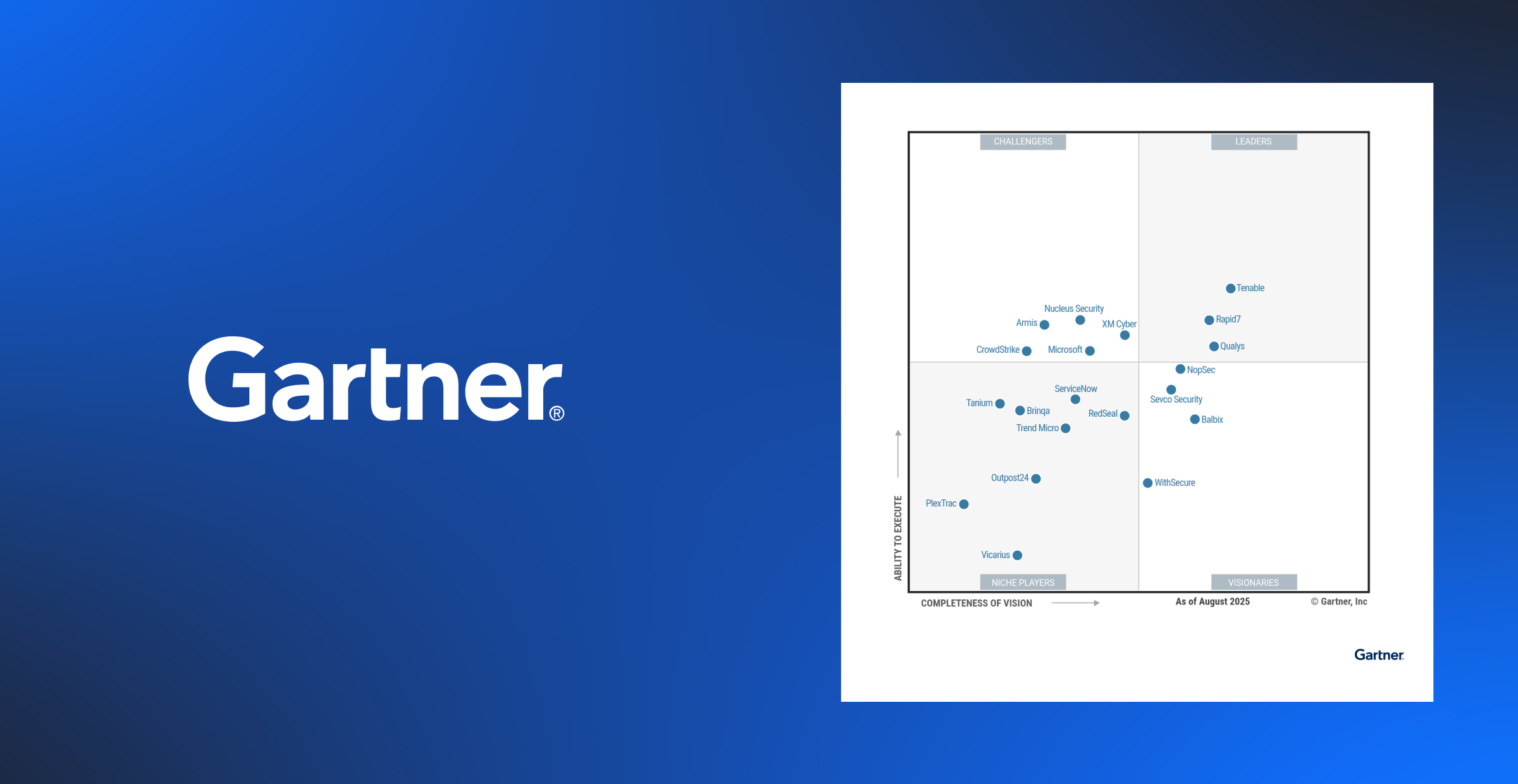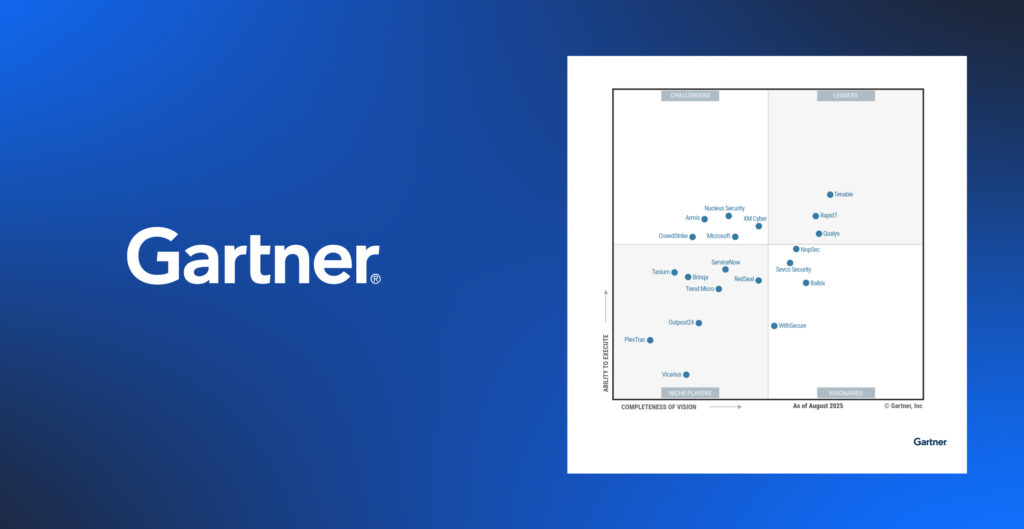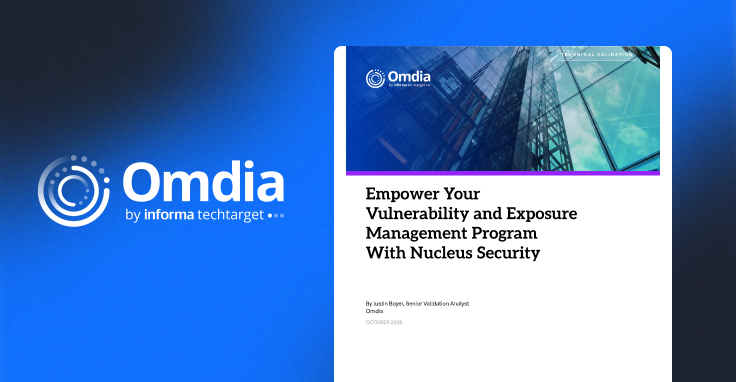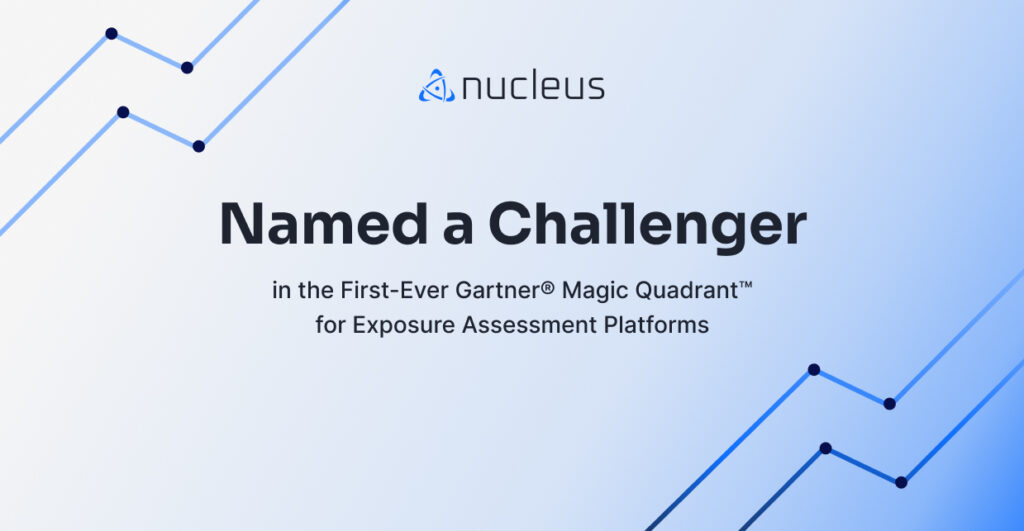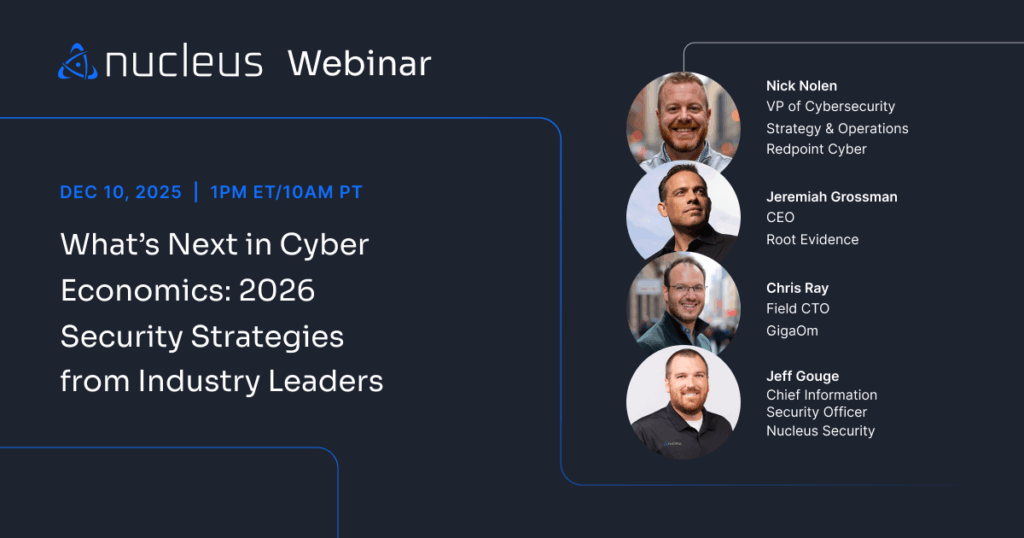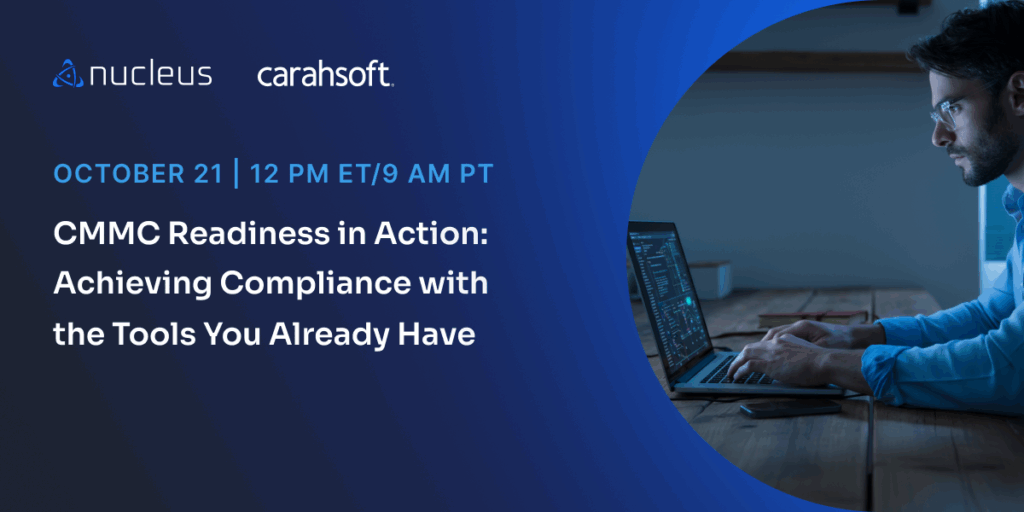Beyond Patches and CVEs: The New Dynamics of Enterprise Technology and Vulnerability Management

The enterprise technology landscape has changed significantly, driven by the rapid adoption of cloud technologies, evolving IT infrastructures, and evolving exploitation activities. This transformation requires that organizations take an updated approach to vulnerability management—one that goes beyond the traditional focus on patch management to encompass a broader spectrum of risks.
To develop a vulnerability management approach that will work in this changing landscape, it’s important to first understand the critical changes reshaping enterprises. These changes demand that organizations rethink how they protect against both traditional and emerging threats.
Understanding the Changing Enterprise Technology Landscape
Several key factors have reshaped the way enterprises operate and, by extension, the way they manage vulnerabilities:
- Cloud Adoption: The migration of infrastructure to cloud platforms like AWS and Azure has revolutionized how businesses deploy and manage IT resources. While this shift offers unprecedented scalability and flexibility, it also introduces new risks. Companies now depend on cloud providers to maintain the security of their infrastructure, effectively offloading some of the risks. However, this reliance doesn’t absolve enterprises of their responsibility to manage vulnerabilities within their own applications and configurations.
- Evolving IT Infrastructure: The traditional model of workstation-centric, on-premises LAN environments is giving way to distributed, remote, and zero-trust architectures. This evolution means that the perimeter is no longer defined by physical boundaries but by a complex web of users, devices, and services operating across various environments. As a result, vulnerabilities can emerge in unexpected places, requiring a more nuanced approach to management.
- Changing Exploitation Activity: The nature of cyber threats has evolved, with a significant shift towards exploiting vulnerabilities as a primary attack vector. According to Nucleus COO Scott Kuffer during a recent webinar, nearly one-third of security breaches can be traced back to vulnerability exploitation, surpassing traditional methods like phishing. This trend underscores the importance of a robust vulnerability management program that can identify and mitigate risks before they are exploited.
From Patch Management to Comprehensive Risk Management
For years, vulnerability management was synonymous with patch management. The conventional wisdom was that keeping software up to date was enough to mitigate most security risks. However, as the enterprise technology landscape has evolved, so has the nature of vulnerabilities. Today’s vulnerabilities are not limited to software bugs; they can arise from misconfigurations, rogue IT assets, and even weaknesses in the integration between different systems.
This complexity means that vulnerability management can no longer be confined to the IT department or treated as a secondary concern. Instead, it must be viewed as a critical component of the organization’s overall risk management strategy.
Vulnerability management teams are now tasked with reducing technical risk across the entire business, which requires involvement in areas such as:
- Patching and Software Development: Ensuring that all software, whether off-the-shelf or custom-developed, is regularly updated and patched to address known vulnerabilities.
- Configuration Management: Reviewing and updating configurations regularly to prevent misconfigurations that could lead to security breaches.
- DevOps and Continuous Integration (CI): Integrating security into the software development lifecycle to identify and address vulnerabilities early in the development process.
A Strategic Approach to Vulnerability Management
Given the increased complexity of vulnerability management, organizations need to adopt a more strategic approach. This involves not only expanding the scope of vulnerability management but also ensuring that it is properly resourced in terms of both budget and personnel.
From a process perspective, vulnerability management must be integrated into the broader risk management framework of the organization. This means regular risk assessments, prioritizing vulnerabilities based on their potential impact, and ensuring that remediation efforts are aligned with the organization’s overall risk tolerance.
Budgetary considerations are also crucial. As the scope of vulnerability management expands, so does the need for investment in tools, training, and personnel. Organizations must recognize that effective vulnerability management is not a one-time expense. It’s an ongoing commitment that requires sustained investment.
Adapt to the Changing Vulnerability Landscape
The changing enterprise technology landscape presents both challenges and opportunities for vulnerability management. As organizations migrate to the cloud, adopt zero-trust architectures, and face changing threats, they must evolve their approach to managing vulnerabilities. By embracing a comprehensive, risk-based approach to vulnerability management, organizations can better protect themselves against the myriad risks they face in today’s complex IT environment.
To learn more about how to build a vulnerability management approach that can keep up with non-traditional vulnerabilities and the changing technology environment, watch Triaging Non-CVE Vulnerabilities: Enhancing Your Risk-Based Vulnerability Management Program with Nucleus, on-demand.
See Nucleus in Action
Discover how unified, risk-based automation can transform your vulnerability management.






